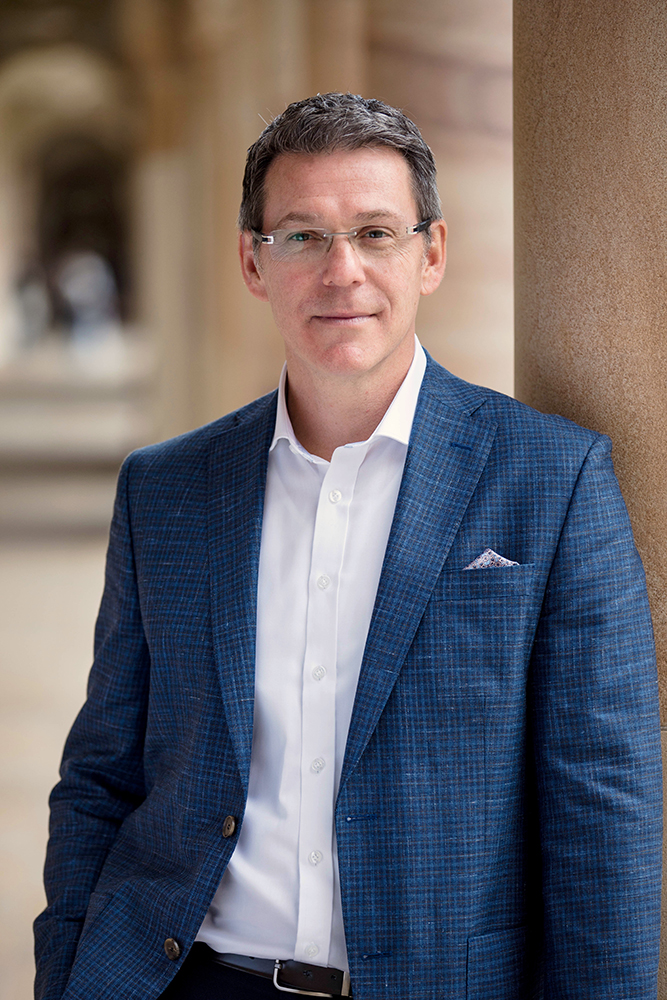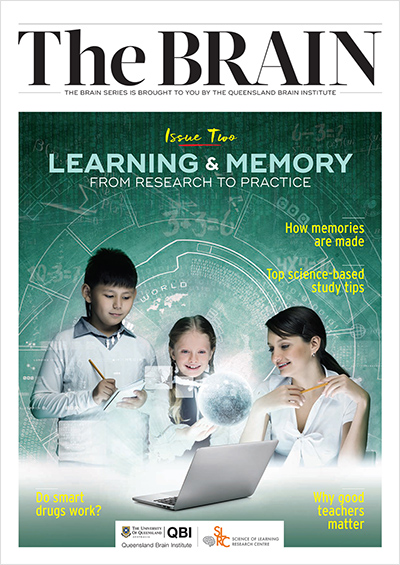Associate Professor Timothy Bredy: Bridging the gaps in memory
“Memory is the bridge between our past and our future.”
Associate Professor Timothy Bredy reflects on this quote with reverence as he searches for a deeper understanding of the fundamental molecular mechanisms underlying learning and memory at the Queensland Brain Institute (QBI).

Those words, spoken by neuroscience pioneer Professor James McGaugh, would define Dr Bredy’s career.
“It was through my interactions with (Professor McGaugh) that I became truly fascinated with understanding how memories are formed, rendered permanent, retrieved, and forgotten,” Dr Bredy said.
“How are they created? Where do they reside? How does our brain change to then use these memories to predict the future? What happens to these processes in people with PTSD and phobia?
“These questions drive my curiosity to this day.”
Dr Bredy and his lab are currently seeking to understand how RNA – a molecule essential in coding, decoding, regulation and expression of genes – impacts learning, cellular function, and real-time brain adaptation.
Experiences can shape our genes
Ultimately, the team are hoping to discover new molecular mechanisms necessary for the formation and stability of memory and reveal the potential of RNA-based therapeutics as possible treatments for psychiatric disorders characterised by cognitive impairment, such as post-traumatic stress disorder (PTSD) and phobia.
“We’ve been fortunate to have made a number of significant discoveries in the past decade, each one important in their own right,” Dr Bredy said.
“We discovered a small noncoding RNA that is critically involved in memory updating and have demonstrated how previously uncharacterised chemical tags on DNA in brain cells are critical for memory formation.
“Our work on DNA modification led to a landmark discovery in 2020, where we described for the first time a role for dynamic DNA structure states in memory.
“All of our effort has been focused on the intimate relationship between genes and the environment. It has gone a long way to promote the idea that our genes do not dictate our destiny and that experiences across the lifespan can shape the way our genes function.”
Dr Bredy’s passion for discovery has refocused his lab’s research into regions of the brain which were once neglected by the scientific community, including its latest study which identified a gene found in “junk DNA”.
“This gene appears to be selectively involved in a critical form of learning and memory, with direct relevance to PTSD and phobia,” Dr Bredy said.
“Now that we’re certain that the noncoding genome is dynamic, the next steps will be to develop new therapeutics for psychiatric disorders that rely on targeting ‘RNA’ as the treatment device.”
COVID break gives RNA new lease of life
Despite experiencing major delays from the lockdowns and shutdowns enforced by COVID-19, Dr Bredy said the pandemic had seen a major upside for his research.
“A new-found appreciation by the general public that RNA can be harnessed as a therapy (as in the case of the COVID-19 vaccine) will have profound effects on our work as we move toward developing new RNA therapeutics for neurological disorders,” he said.
And true to the inspirational words that have proved so pivotal, Dr Bredy is taking all he has learned in the past to discover the next bridge that leads to a better future.
“We have many ongoing projects in the lab,” Dr Bredy said.
“Everything from developing new cognitive enhancers to new tools to visualize and control gene activity in the brain, to understanding unusual and previously undescribed molecules and structures in neurons and revealing their role in learning and memory, to better understanding of the nature of sex differences in brain function and the impact of this on learning and memory across the lifespan.”





